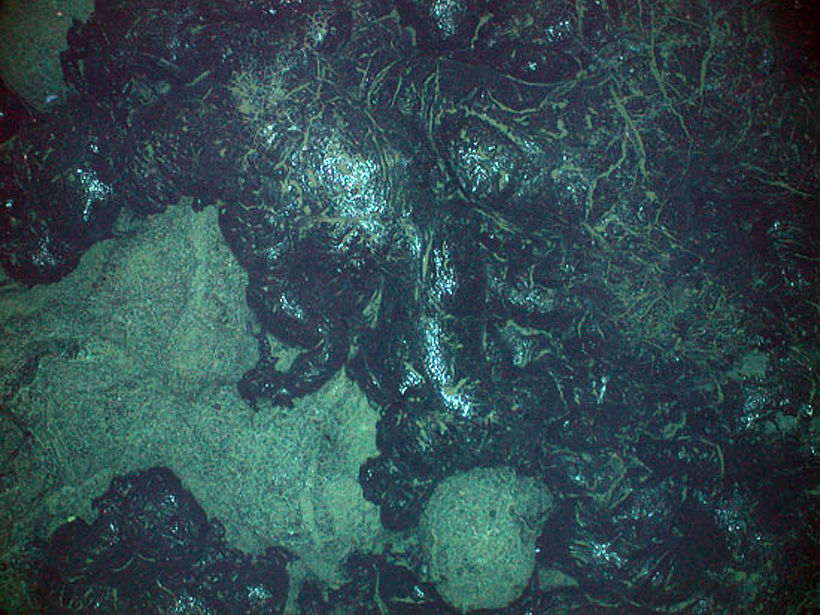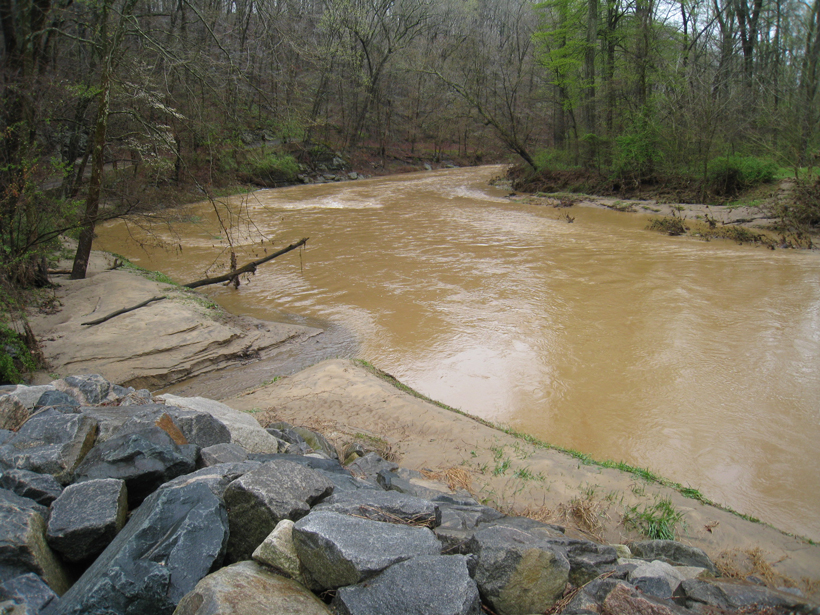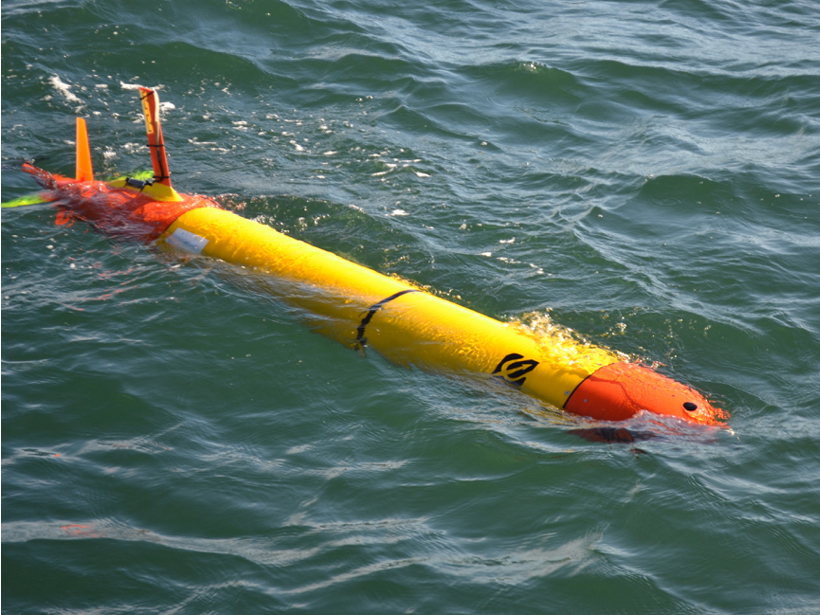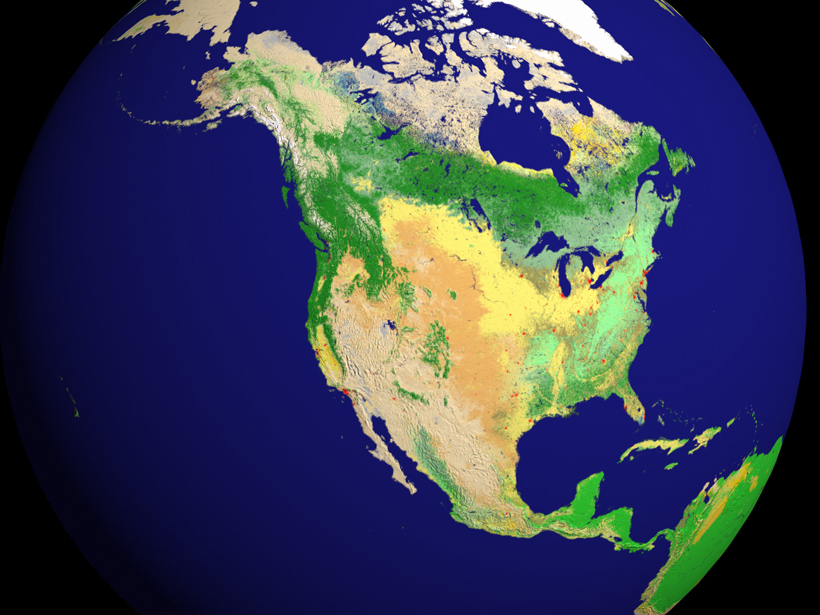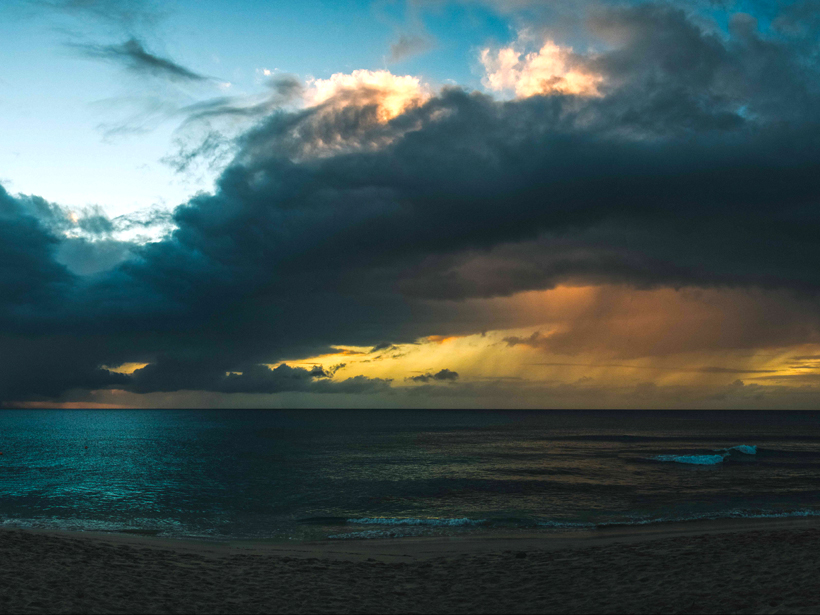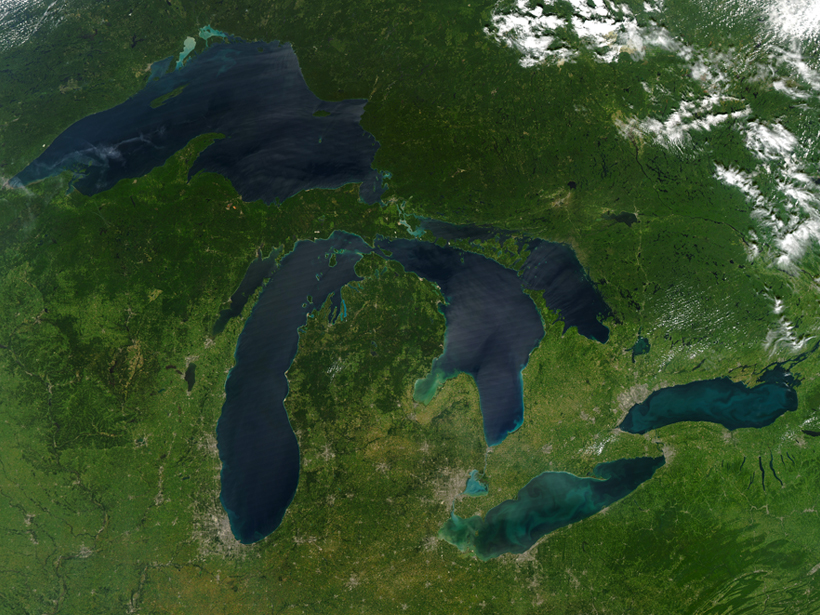Mid-ocean ridge eruptions follow the cycles of tides and Earth's orbital eccentricity, indicating a possible role in long-term climate shifts.
Climate Change
Strong Storms Flush Out Particulate Nitrogen
Field observations show that with climate change, fiercer tropical storms may release more particulate nitrogen from temperate forests into aquatic ecosystems.
Navigating the Uncertain Future of Global Oceanic Time Series
Long-term observing of our world's oceans is crucial to understanding climate change. Innovation and collaboration are needed to achieve sustainable oceanic time series.
Advancing Scenario Planning for Climate Decision Making
Scenario Planning for Climate Adaptation Decision Making; Tucson, Arizona, 31 March to 1 April 2015
GREAT ICE Monitors Glaciers in the Tropical Andes
An international program strengthens glaciological studies in the tropical Andes, promotes collaborative projects, and develops educational programs with local universities.
Integrating Carbon Cycle Research into Decision-Making Processes
North American Carbon Program Principal Investigators Meeting; Washington, D. C., 26–29 January 2015
Climate Woes Real, Say Most in U.S., Canada, but Differ on Cause
Two new surveys find that although large majorities of Americans and Canadians think that global warming is happening, relatively few of them think humans are causing it.
Aerosol Cutbacks May Bring Tropical Rains Farther North
Lower anthropogenic aerosol emissions in the 21st century may lead to warming that drives the Intertropical Convergence Zone northward.
A Cooler Climate Would Trigger More Tropical Cyclones
New model reveals tropical cyclones could form at lower sea surface temperatures than previously thought.
Great Lakes Hold Sway over Water and Carbon Cycling
The largest body of fresh water on Earth governs the exchange of gases between water and the atmosphere that makes it a carbon sink for the entire region.

